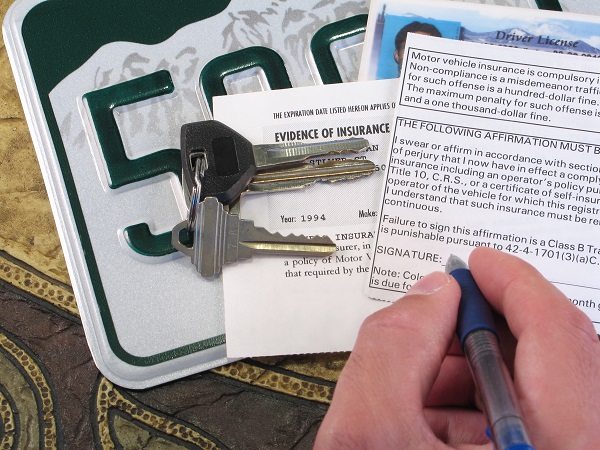
What is Not Covered in Car Insurance?
 Car insurance provides a lot of coverage for nearly every type of vehicle, but even full coverage doesn’t cover everything.
Car insurance provides a lot of coverage for nearly every type of vehicle, but even full coverage doesn’t cover everything.
When people talk about full coverage car insurance, they’re not referring to a specific type of insurance. Instead, they mean full coverage as in the highest amount of coverage a car can have. Full coverage generally includes:
- Comprehensive coverage: This provides coverage for incidents involving fire, windstorms, hail, falling rocks or trees, theft, vandalism and other damages that aren’t a result of collision.
- Collision coverage: This provides coverage for incidents involving collision with a vehicle or object.
- Liability coverage: Liability coverage is required to some extent in nearly every state. Bodily injury liability and property damage liability offer compensation to the victim(s) if you cause bodily injury or property damage to someone else.
- Uninsured/Underinsured motorist coverage: If you crash with a driver that doesn’t carry insurance, this coverage provides compensation for the damages.
This may seem like a comprehensive list that covers every danger your car may face, but there are unfortunately many other issues that “full coverage” insurance doesn’t cover.
- Damages incurred under the influence of alcohol or drugs.
- Normal wear and tear.
- Incidents incurred when the driver doesn’t have a valid driver’s license.
- Intentional damage.
- Criminal acts.
- War, terror attacks, invasion, foreign enemy action, mutiny, rebellion, civil war, radiation, and nuclear weapons or material.
- Engine failure or malfunction, unless caused by a covered incident.
- Accidents that occur while operating the vehicle for work purposes.
There are certain ways to extend your car’s coverage to include some of these damages, such as normal wear and tear. For accidents that involve work, you may or may not be covered. If you use your vehicle for work, you may need
How Much Does Full Coverage Car Insurance Cost?
Full coverage costs depend on a variety of factors such as your:
- Age
- Credit score
- Claims history
- Location
- Marital status
- Driving record
- Vehicle weight, size, age and safety rating
In Texas, the average cost of full coverage car insurance is $1,934 a year, which is approximately $161 a month. For the minimum required coverage in Texas, the average cost is $726 a year (around $60.50 a month). Less coverage means lower premiums, but it also means you’re at risk for paying more out of pocket after an accident.
Does My Car Insurance Still Cover Me If Someone Else Was Driving?
There are some tricky subjects when it comes to car insurance. In general, your car insurance should still provide coverage even though someone else was driving your vehicle. If your vehicle was stolen and has comprehensive and collision coverage, any damage the thief does should be covered by your policy. There are some exceptions, however.
Your car insurance claim may be denied if:
- You allow someone without a valid drivers’ license to drive the vehicle.
- You allow someone under the influence of drugs or alcohol to drive the vehicle.
- You allow an excluded driver to drive the vehicle.
With a car insurance policy, you can add a list of excluded drivers who are not allowed to drive the vehicle. If an excluded driver steals the vehicle, your car insurance will cover you. If you knowingly allow an excluded driver to drive the insured vehicle, however, any damage they cause likely won’t be covered.
Categories: Blog
Tags: auto insurance
